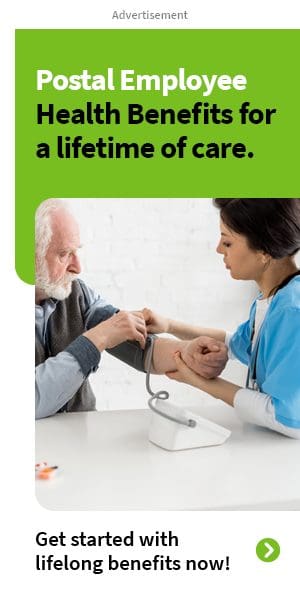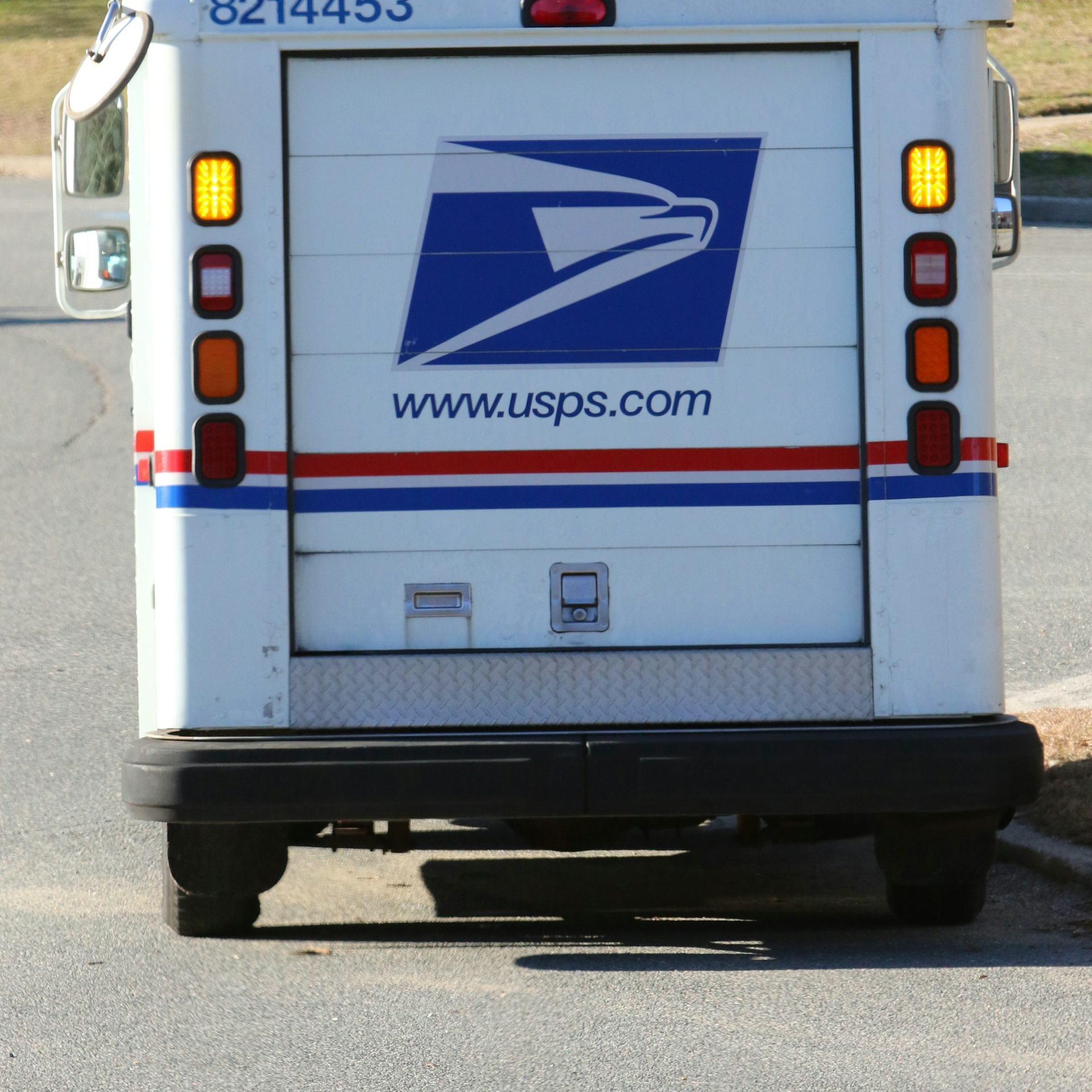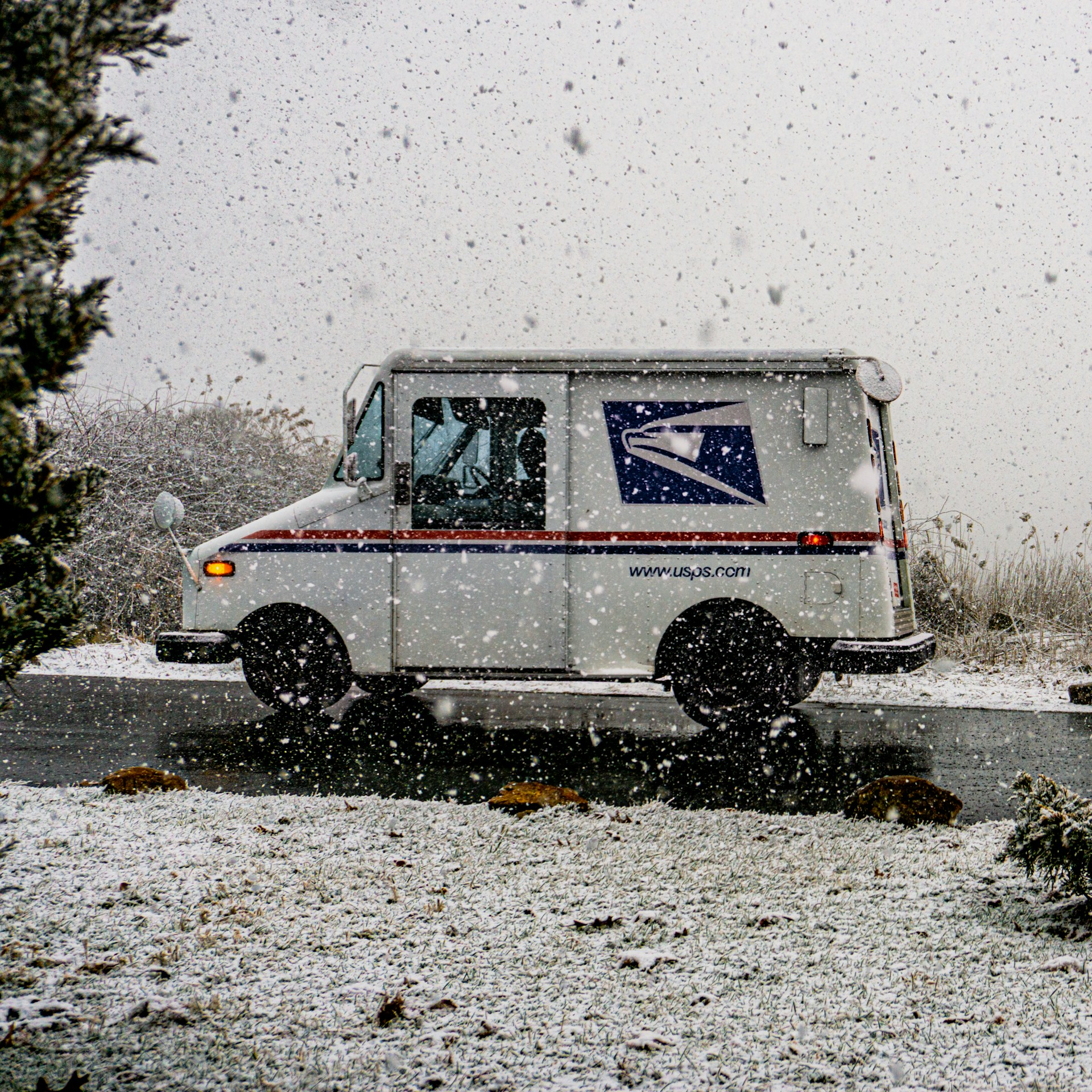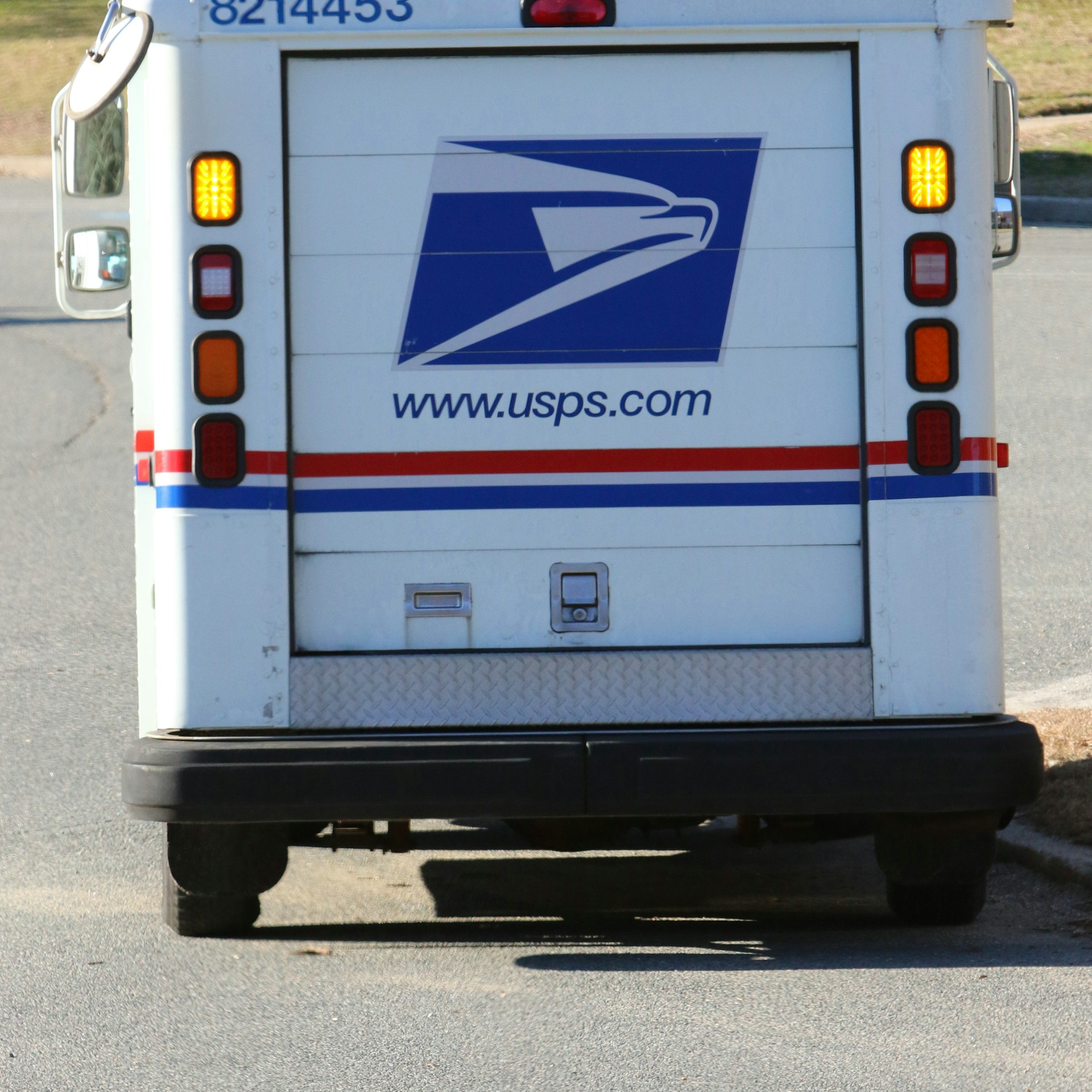Key Takeaways
-
The new Postal Service Health Benefits (PSHB) program in 2025 is set to redefine healthcare coverage for USPS employees and retirees, offering plans tailored to postal workers’ specific needs.
-
Open Season will be your chance to review and select the best plan for your family’s needs while understanding how Medicare integration will affect your coverage.
A Shift Toward Better Healthcare
Come January 2025, the Postal Service Health Benefits (PSHB) program will replace the Federal Employees Health Benefits (FEHB) program for USPS employees, retirees, and their eligible family members. This transition represents more than just a name change—it’s a fundamental shift aimed at providing better, more affordable healthcare options for postal workers and their families.
From new rules about Medicare enrollment to plan options that cater specifically to USPS needs, the PSHB program is poised to transform your healthcare experience. But with these changes come important decisions, and it’s essential to prepare well in advance.
Why the Change to PSHB?
The USPS is rolling out PSHB as part of a larger effort to address rising healthcare costs and ensure long-term sustainability for employee benefits. Here are the key reasons behind the switch:
-
Cost Management: The USPS seeks to control skyrocketing healthcare expenses by creating a system that’s more efficient and focused on its workforce.
-
Tailored Coverage: PSHB plans are designed specifically for postal employees and retirees, ensuring coverage that aligns better with their unique needs.
-
Improved Medicare Integration: For those eligible for Medicare, PSHB simplifies the coordination of benefits, reducing redundancies and improving cost predictability.
This change reflects the USPS’s commitment to enhancing healthcare while maintaining affordability for its employees and retirees.
Important Dates to Remember
Staying on top of deadlines is critical to making the most of this transition. Here are the dates you need to know:
-
Open Season: November 11 to December 9, 2024. This is your opportunity to review, compare, and select the PSHB plan that best fits your needs. If you don’t actively choose a plan, you’ll be auto-enrolled in one that aligns most closely with your current coverage.
-
Program Launch: January 1, 2025. Your new PSHB coverage officially begins, replacing your FEHB plan.
Being proactive during Open Season will give you peace of mind and ensure a smooth transition to the new program.
Key Changes Under PSHB
Medicare Enrollment: A New Requirement
If you or a family member are Medicare-eligible, PSHB introduces new rules for maintaining coverage:
-
Mandatory Enrollment in Medicare Part B: Most Medicare-eligible USPS retirees and dependents must enroll in Medicare Part B to keep their PSHB coverage. Exceptions may apply for those who retired before January 1, 2025, and aren’t already enrolled in Part B.
-
Budgeting for Premiums: The standard Part B premium in 2025 is projected to be $185 per month, a separate cost from your PSHB premiums. Planning for this expense is essential.
-
Better Coordination of Benefits: With Medicare as your primary insurer and PSHB as secondary coverage, you’ll benefit from more streamlined and comprehensive healthcare coverage, potentially reducing out-of-pocket costs.
USPS-Specific Plans for Better Fit
Unlike the broader FEHB system, PSHB plans are tailored exclusively for USPS employees and retirees. This means you’re more likely to find plans that cater to your specific healthcare needs. However, it’s important to review your options carefully—not all plans will match your previous coverage.
Separate Dental and Vision Coverage
Dental and vision benefits are not included in PSHB plans. If you need this coverage, you’ll continue to enroll in the Federal Employees Dental and Vision Insurance Program (FEDVIP) separately during Open Season. Be sure to evaluate your FEDVIP options to meet your family’s needs.
How Will PSHB Affect Retirees?
If you’re already retired, you might wonder how these changes will impact you. Here’s what you need to know:
-
Medicare Coordination: If you or your dependents are Medicare-eligible, enrolling in Medicare Part B is now a key requirement for maintaining PSHB coverage. This means additional costs but also better coordination of benefits.
-
Exemptions for Longtime Retirees: If you retired before January 1, 2025, and aren’t enrolled in Medicare Part B, you may not be required to sign up. Understanding whether this exemption applies to you is critical.
Taking time to review your options and make adjustments during Open Season will ensure you’re prepared for these changes.
Preparing for Open Season
Open Season is your chance to take control of your healthcare. Here’s how you can make the most of it:
-
Start Researching Early: Don’t wait until November to start learning about your options. USPS and the Office of Personnel Management (OPM) will provide resources to help you understand PSHB plans.
-
Evaluate Your Needs: Consider your current healthcare requirements and how they might change in the coming years. Think about dependents who may also be affected.
-
Budget for Medicare Part B: If you’re Medicare-eligible, plan for the additional cost of Part B premiums and how it fits into your overall budget.
-
Use Comparison Tools: Online tools will help you compare the premiums, coverage options, and provider networks of different PSHB plans.
-
Ask Questions: Don’t hesitate to reach out to HR or benefits specialists if you’re uncertain about your choices.
Why You Shouldn’t Skip Open Season
If you don’t actively select a PSHB plan during Open Season, you’ll be automatically enrolled in a corresponding plan. While this ensures you won’t lose coverage, it may not be the best fit for your specific needs. Here’s what could go wrong:
-
Limited Coverage Options: Auto-enrollment might not include your preferred doctors, specialists, or prescriptions.
-
Higher Costs: Without comparing plans, you could end up paying more than necessary for your coverage.
Spending a little time reviewing your options can save you money and ensure you’re getting the best possible coverage.
PSHB and Medicare: Working Together for Better Coverage
For Medicare-eligible participants, the integration of PSHB with Medicare creates a more comprehensive healthcare solution. Here’s how they complement each other:
-
Primary and Secondary Roles: Medicare Part B becomes your primary insurer, covering most medical expenses. PSHB acts as secondary coverage, helping with copays, deductibles, and other costs.
-
Prescription Drug Coverage: PSHB plans will include robust drug benefits, eliminating the need for separate Medicare Part D enrollment.
-
Simplified Costs: With both programs working together, you’re likely to see more predictable healthcare expenses and fewer out-of-pocket surprises.
Addressing Common Concerns
Will My Current Doctors Be Covered?
Each PSHB plan has its own network, so it’s crucial to confirm that your preferred providers are included. Use plan comparison tools to verify.
What If I’m Not Eligible for Medicare?
If you don’t qualify for Medicare, PSHB will still provide comprehensive healthcare coverage, functioning similarly to FEHB.
Will My Premiums Increase?
While PSHB premiums are expected to align with FEHB costs, your specific premium will depend on the plan you choose. Taking time to compare options will help you find the most cost-effective coverage.
Why PSHB Could Be a Win for Families
The switch to PSHB isn’t just about change; it’s about improvement. Here’s why this transition matters for you and your family:
-
Tailored Options: PSHB plans are designed with postal workers in mind, offering better-aligned benefits and coverage options.
-
Improved Cost Management: Coordinated benefits with Medicare mean fewer financial surprises and a more predictable healthcare budget.
-
Long-Term Stability: By addressing rising healthcare costs, the USPS is ensuring robust benefits for current and future employees.
Taking Control of Your Healthcare Future
Change can be daunting, but the PSHB program is designed to provide better, more relevant healthcare options. By staying informed, reviewing your options, and making proactive decisions during Open Season, you can secure the best possible coverage for you and your family. The future of USPS healthcare is in your hands—take the time to make it work for you.











